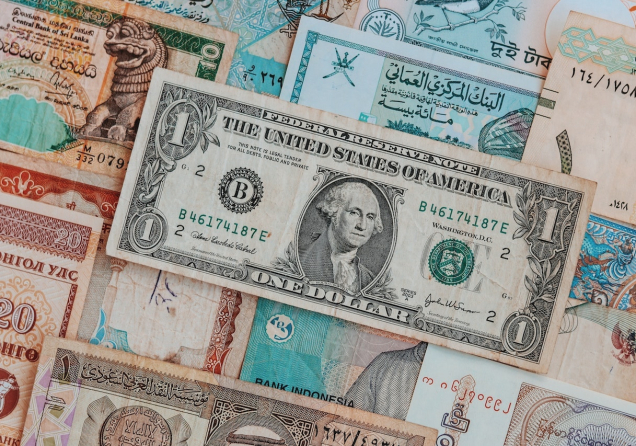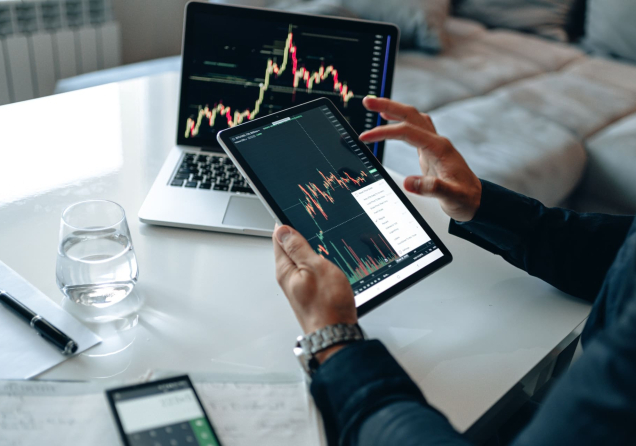Fear and Greed Index: Investor's Compass?
The influence of emotions on financial markets is undeniable and often unpredictable. How then can one invest wisely in such an ever-changing environment? The Fear and Greed Index provides answers, serving as a barometer of market sentiment. Learn how to use it to enhance your investment strategy.
What is the Fear and Greed Index?
The Fear and Greed Index is more than just a measurement tool; it represents real-time human emotion that, like it or not, dictates market movements.
In simple terms, it's a barometer of emotion in the market.
This index is calculated from a series of factors, ranging from price volatility to investor sentiment surveys. It is then normalized on a scale from 0 to 100.
A low score indicates intense fear, often a sign of undervalued assets and an interesting buying opportunity.
Conversely, a high score signals "Extreme Greed," a warning that the market may be overvalued.
This type of index is updated daily, providing a fresh market outlook every day. This is particularly useful for investors looking to closely monitor market sentiment fluctuations.
But why is this index so widely consulted? Because it provides insight into the emotional climate of the market, allowing you to navigate the often turbulent waters of financial investments.
Origins: Who Is Behind This Index?
CNN Money introduced this index for traditional markets with the aim of offering an overview of market sentiment, often an early indicator of upcoming movements or interesting positioning periods.
In the world of cryptocurrencies, the most consulted Crypto Fear and Greed Index is provided by Alternative.me.
How Does the Crypto Fear and Greed Index Work?
The Crypto Fear and Greed Index uses five different data sources. It considers Bitcoin's volatility, market trends and volumes, social media hype, Bitcoin dominance, and even Google searches.
Each factor carries a different weight in the index calculation, providing a more nuanced picture of market sentiment.
Bitcoin Volatility (25%): Compares current volatility to the 30 and 90-day averages.
Market Trend and Volume (25%): Evaluates current volumes and market trends relative to the 30 and 90-day averages.
Social Media Hype (15%): Collects and analyzes mentions of Bitcoin on various social media platforms.
Bitcoin Dominance (10%): Measures fluctuations in Bitcoin dominance in the market.
Google Searches (10%): Uses Google Trends data on various Bitcoin-related queries.
Investor Responses to Various Surveys (15%): Takes into account the opinions of a group of investors through weekly surveys.
Measurement Scale Associated Sentiment
0 to 25 : Extreme Fear
25 to 45 : Fear
45 to 55 : Neutral
55 to 75 : Greed
75 to 100 : Extreme Greed
These data are normalized using statistical methods to ensure that each indicator contributes balancedly to the final score.
Impact on the Market: A Tool, Not a Prescription
You may have heard that a high fear index indicates an impending bear market, while a high greed index signals a bull market. But is it really that simple? Spoiler: not exactly.
The Fear and Greed Index is not a magical crystal ball. It is a tool that should be used in conjunction with other indicators for sound technical or fundamental market analysis.
Fear and Greed Index: A Mirror for Every Market
The Crypto Fear and Greed Index is certainly the most well-known index in the cryptocurrency field. However, fear and greed indices exist for nearly every type of market.
The original CNN Money index, for example, was created for traditional markets like the S&P 500. So, whether it's traditional markets or newer sectors like cryptocurrency, you will find an index that tries to represent the general sentiment of the asset or market in question.
The more a Fear and Greed Index uses significant data volume and relevant metrics, the more reliable it will be.
Traditional Markets (S&P 500)
Take the example of the CNN Business Fear and Greed Index for traditional stock markets. It uses seven key indicators, including market momentum and volatility, to assess market sentiment.
Each indicator is equally weighted, just like the Crypto Fear and Greed Index. A score of 100 indicates extreme greed, while a score of 0 signals extreme fear.
Real Estate
There are even Fear and Greed Indices for the real estate market. Platforms like Adalytica offer specific indices to assist real estate investors based on two metrics: "Sentiment" and "Awareness."
These types of indices rely on less data volume, so they are considered less "reliable" than the crypto greed and fear index or the S&P 500 Fear and Greed Index.
Conclusion: A Tool
The Fear and Greed Index is a valuable tool, but it is not without flaws. Can emotions really be quantified? And to what extent should we rely on this index?
While it does not provide all the answers, it offers a real-time perspective on market sentiment, a key element for any serious investor.
So, the next time you're about to invest, why not take a look at this index? It could change the way you view financial markets.
Regulated Brokers
The table below contains links to 3rd party websites of our top partners from whom we receive compensation at no additional cost to you.













